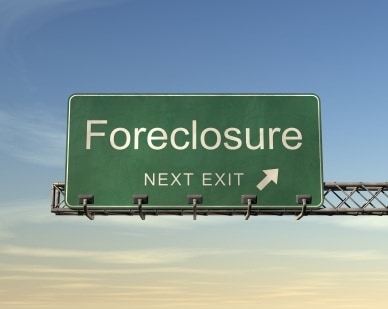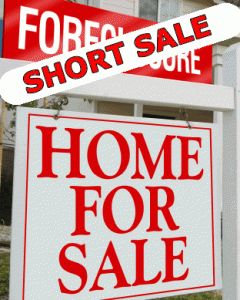Underwriters are being extra vigilant in verifying every detail of a mortgage application, and some of their requests for information, borrowers say, are downright odd.
For example, one borrower says an underwriter demanded a letter from his doctor that an illness he had would never come back. Another borrower says that an underwriter told her she needed to get verification from her employer on her employment status when she listed “homemaker” as her occupation.
A borrower said an underwriter asked him for a letter of explanation on a $6 deposit he made (the borrower earned $10,000 a month at the time).
“I don’t know whether to laugh or cry,” says Karen Deis, who operates MortgageCurrentcy.com, and who collected dozens of anecdotes on her Facebook page about bizarre underwriting requests. “People are scared. All you hear about are buybacks, audits, and people losing their jobs” because they didn’t verify this or confirm that.
Banks are requiring more documentation when approving a mortgage, and some of the extra requests have caught borrowers off-guard. For example, Deis says one borrower said that an underwriter demanded a letter from her explaining why she changed her name after she got married. A single father who had custody of his child said he was asked for a letter saying he did not have to pay child support. Another borrower who had been out of school for years said he was asked to produce his high school transcript.
Despite some of the extra documentation requests, recent surveys are showing that banks lately are easing up slightly on their underwriting standards.
However, “even though there has been some loosening, what they’re asking of people is not changing,” says Jonathan Corr, Ellie Mae president. “It’s still pretty comprehensive, and we’re going to continue to hear stories like this.”
Source: “Underwriting requests are getting weirder,” The Chicago Tribune (June 21, 2013)
: Daily Real Estate News.
Please help to keep this blog going
We can sell or help you buy your new home or land
John J. O’Dell Realtor® GRI
O’Dell Realty
(530) 263-1091
Email John
DRE#00669941
















